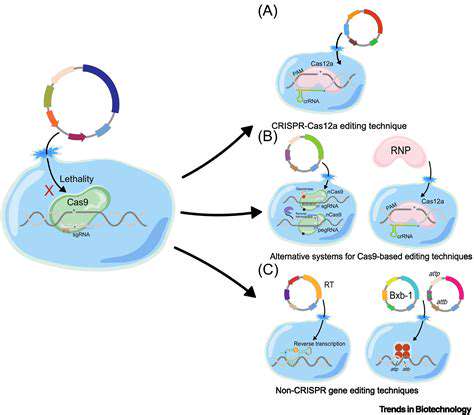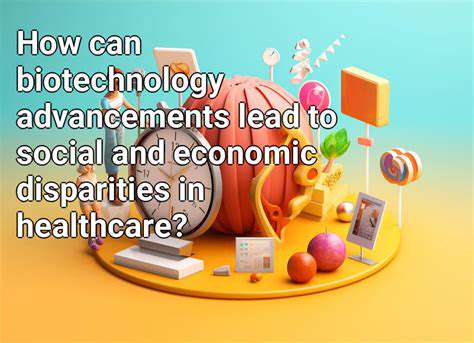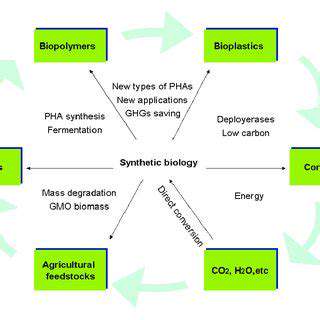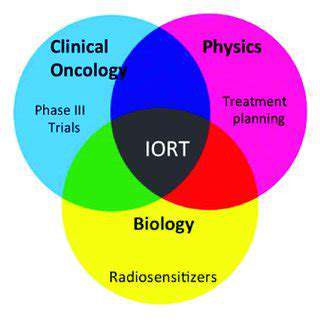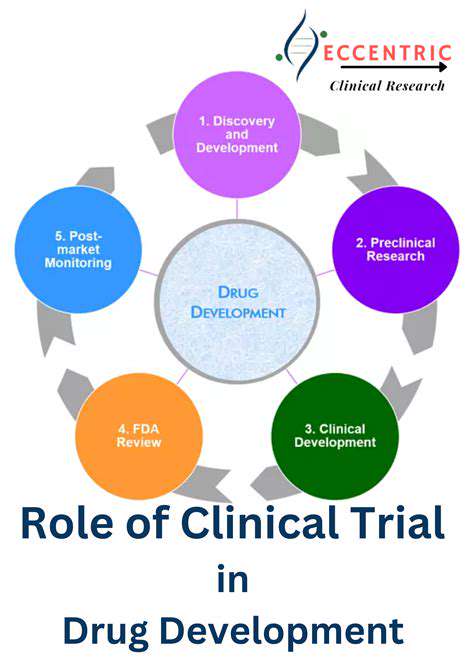Nanotechnology-Based Sensors for Point-of-Care Diagnostics
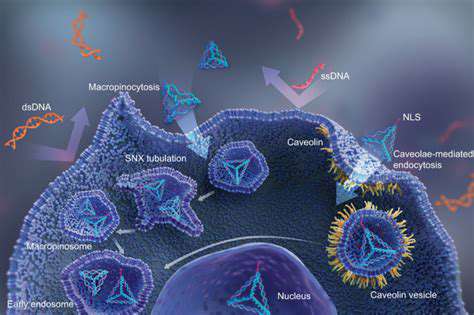
Nanomaterial Selection for Enhanced Sensitivity
Choosing the appropriate nanomaterial is crucial for optimizing sensor performance. Different nanomaterials exhibit varying electrical, optical, and mechanical properties, directly impacting the sensor's sensitivity and selectivity. For instance, carbon nanotubes possess exceptional conductivity, making them suitable for electrochemical sensors detecting specific analytes. Furthermore, quantum dots, with their tunable optical properties, are ideal for fluorescence-based sensors, enabling highly sensitive detection of biomolecules.
The selection process should consider factors like the target analyte, desired operating conditions, and the overall sensor architecture. Careful consideration of the surface area-to-volume ratio and the surface chemistry of the nanomaterial is essential to ensure efficient interaction with the target molecule. This interaction directly impacts the signal generated by the sensor, thereby affecting its overall performance.
Applications in Diverse Fields
Nanotechnology-based sensors are revolutionizing various fields, extending from environmental monitoring to medical diagnostics. In environmental science, these sensors can detect pollutants in air and water with remarkable precision, enabling prompt responses to environmental crises. Furthermore, these sensors are pivotal in food safety, offering real-time analysis of food quality and detecting contamination.
In the medical field, nanotechnology-based sensors pave the way for early disease detection and personalized medicine. These sensors are promising in monitoring vital signs, enabling continuous and non-invasive monitoring, and assisting in the diagnosis of diseases like cancer. The ability to detect minute changes in biomolecules with high specificity makes them invaluable in personalized medicine.
Fabrication and Characterization Techniques
The fabrication of nanotechnology-based sensors necessitates sophisticated techniques, often combining top-down and bottom-up approaches. These approaches range from lithography and etching to self-assembly and chemical vapor deposition, each with its advantages and limitations. The choice of fabrication method significantly influences the sensor's performance characteristics, including sensitivity, selectivity, and stability.
Characterization techniques are equally crucial in validating the performance of these sensors. Techniques like scanning electron microscopy (SEM), transmission electron microscopy (TEM), and X-ray diffraction (XRD) provide insights into the nanostructure and morphology. These techniques are vital in understanding the material properties, ensuring the quality, and confirming the desired functionalities of the fabricated sensors. Further characterization methods include electrochemical measurements, optical spectroscopy, and surface plasmon resonance (SPR) measurements, which contribute further to the comprehensive evaluation of the sensor.
Challenges and Future Directions
Despite the remarkable progress, several challenges remain in the development and implementation of nanotechnology-based sensors. One significant hurdle is the cost-effectiveness of mass production. Overcoming this obstacle is crucial for widespread adoption of these sensors in various applications. Furthermore, ensuring the long-term stability and reliability of these sensors in diverse environments is essential for their practical applications. Ensuring biocompatibility for in-vivo applications is also paramount for medical applications, where human safety is of utmost importance.
Future research should focus on developing more cost-effective fabrication methods, improving sensor stability, and exploring novel nanomaterials with enhanced properties. The integration of artificial intelligence and machine learning techniques could further enhance the capabilities of these sensors, enabling real-time data analysis and automated decision-making. This integration is a significant avenue for future research in this field.
The Future of Biotechnology Diagnostics: Personalized and Predictive Medicine

Revolutionizing Diagnostics with Biotechnology
The field of biotechnology is rapidly advancing, leading to significant breakthroughs in diagnostic tools. These innovations promise faster, more accurate, and often less invasive methods for detecting and diagnosing a wide array of conditions, from infectious diseases to genetic predispositions. The potential for early detection and personalized treatment plans is immense, opening up new avenues for preventative healthcare.
Biotechnology's impact on diagnostics is already being felt, with the development of sophisticated molecular tests, like polymerase chain reaction (PCR), that can identify pathogens at extremely low concentrations. This allows for rapid identification and targeted interventions, which can be crucial in managing outbreaks and improving patient outcomes.
Personalized Medicine and Diagnostics
One of the most exciting aspects of the future of biotechnology diagnostics is the rise of personalized medicine. By analyzing individual genetic information and other biological markers, doctors can tailor diagnostic tests and treatment strategies to each patient's unique characteristics. This approach can lead to more effective and less side-effect prone treatments, ultimately improving patient outcomes.
This personalized approach can greatly impact preventative care. By identifying genetic predispositions to certain diseases, individuals can make proactive lifestyle choices and receive targeted interventions to mitigate their risks. This proactive approach to healthcare is a major step forward in improving overall public health.
Advances in Imaging and Sensing
Biotechnology is pushing the boundaries of imaging and sensing technology, leading to the development of novel diagnostic tools. These advancements are paving the way for non-invasive and real-time monitoring of biological processes within the body. For example, new biosensors can detect minute changes in biological markers, providing valuable insights into disease progression and treatment efficacy.
These innovative imaging techniques can also provide detailed, real-time feedback on the effectiveness of treatments, enabling doctors to adjust therapies as needed. This capability is vital in rapidly evolving situations like cancer treatment, allowing for more targeted and precise interventions.
Ethical Considerations and Accessibility
While the potential of biotechnology diagnostics is immense, it's crucial to address the ethical considerations surrounding data privacy and accessibility. Ensuring the responsible use of genetic information and maintaining patient confidentiality are paramount. Furthermore, ensuring equitable access to these advanced diagnostic tools is essential to avoid exacerbating existing health disparities.
The cost of these advanced diagnostic technologies is another important consideration. Making these innovations accessible to a wide range of patients, regardless of socioeconomic status, is critical to maximizing their overall benefit to society. This will require a collaborative effort between researchers, policymakers, and healthcare providers.
